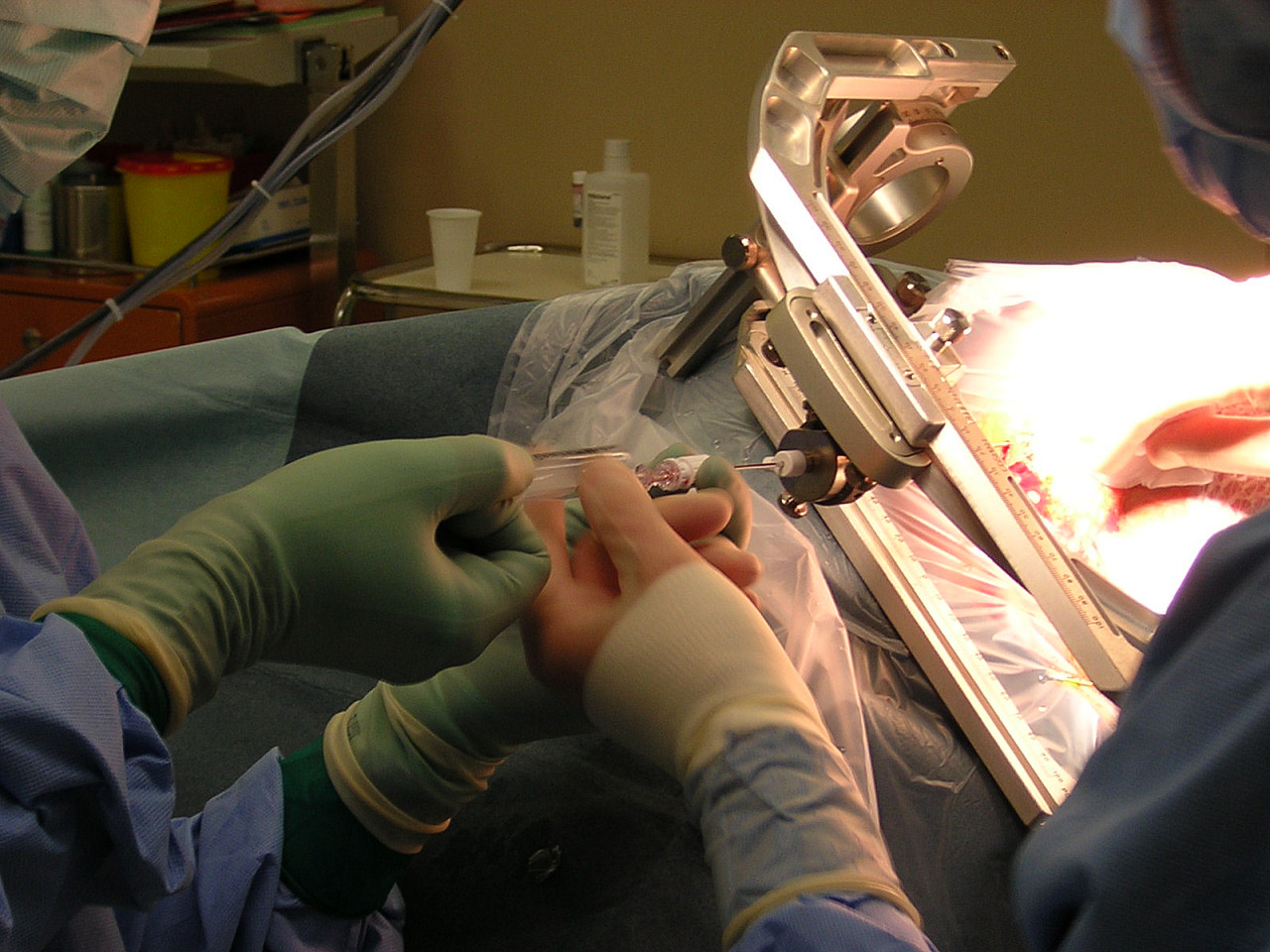Diagnostic Surgery [Biopsy]
Diagnostic Surgery [Biopsy]
Biopsy is must to determine whether the growth is cancerous or not, and if yes, which type of cancer it is. Diagnostic surgery can be either FNAC, incisional biopsy, or Excisional Biopsy. A biopsy involves taking a sample of your body’s cells or tissue to be examined in a lab. If you exhibit specific signs and symptoms or your doctor has found a problem area, you might need a biopsy. Whether you have cancer or another illness can be determined via a biopsy. Although imaging tests like CT scans and MRIs help find lumps or abnormal tissue, they cannot independently distinguish between cancerous and non-cancerous cells. The only way to diagnose the majority of malignancies is to conduct a biopsy to gather cells for further in-depth analysis.

- Core needle biopsy
- Endoscopic biopsy
- Endometrial biopsy
- Excisional and incisional biopsy
- Fine-needle aspiration biopsy
- Lymph node biopsy
- Open biopsy
- Punch biopsy
- Sentinel lymph node biopsy
- Shave biopsy
- Skin biopsy
The only surefire way to know whether you have cancer is frequently a biopsy. Other instruments like ultrasound and magnetic resonance imaging (MRI) can let the doctor know if a spot seems problematic. But in most cases, a biopsy is required to examine those suspicious cells under a microscope and determine whether they are cancerous. Image-guided biopsies are standard, frequently conducted with imaging assistance and use equipment like computed tomography (CT) scans or ultrasound to help find problem regions and collect biopsy material.
A biopsy may occasionally show that the suspected area only has benign or non-cancerous cells. This could imply that you do not need medical intervention like surgery, radiation therapy, or chemotherapy.
